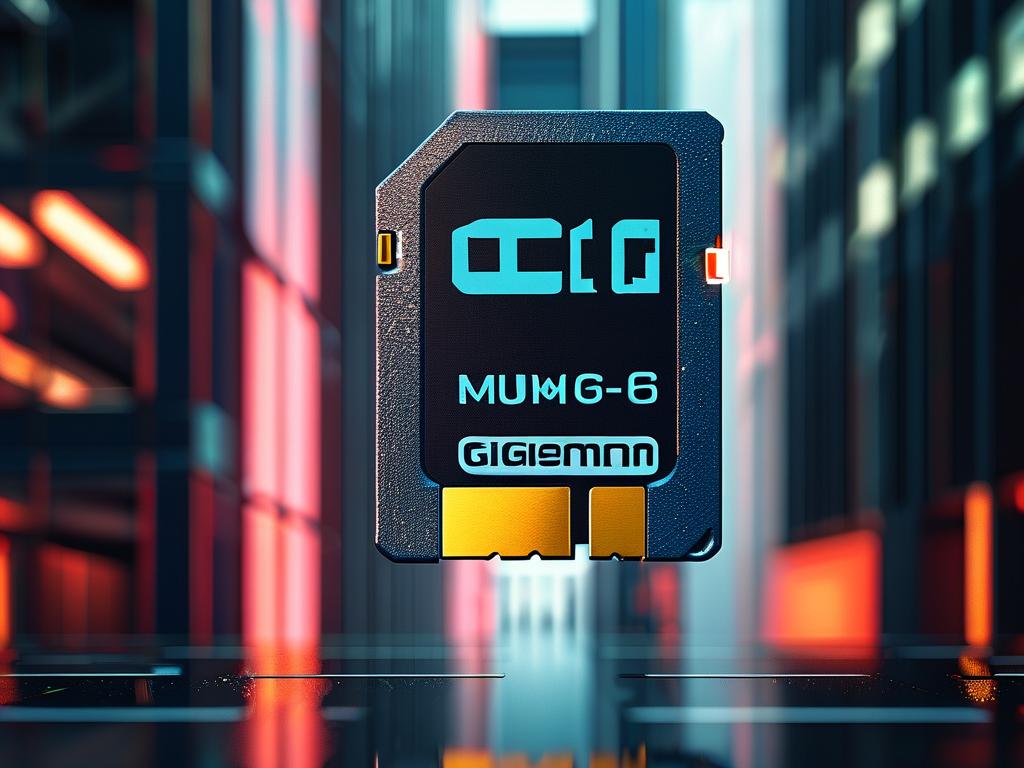Understanding how to calculate the available recording time on a memory card is essential for photographers, videographers, and device users who rely on storage media. Whether you’re capturing 4K video, high-resolution photos, or audio files, knowing your storage limits prevents interruptions during critical moments. This guide explains the variables involved and provides a step-by-step approach to estimate recording capacity.

Key Factors Affecting Recording Time
Three primary factors determine how much content a memory card can hold:
- File Size Per Minute: Different recording formats (e.g., MP4, RAW, AVCHD) and quality settings (e.g., 1080p vs. 4K) produce files of varying sizes. For example, a 4K video at 60fps may consume 400MB per minute, while a 1080p video at 30fps might use 150MB per minute.
- Memory Card Capacity: Cards are labeled with nominal storage (e.g., 64GB, 128GB), but usable space is typically 5–10% less due to formatting and system files.
- Device-Specific Variables: Some cameras or recorders apply compression algorithms that reduce file sizes, while others write data in uncompressed formats.
Step-by-Step Calculation Method
To estimate recording time, follow this formula:
Available Space (GB) × 1024 = Total Usable Space (MB)
Total Usable Space (MB) ÷ File Size Per Minute (MB) = Total Recording Time (Minutes) Example: A 128GB card with 120GB usable space recording 4K video at 300MB per minute:
120 × 1024 = 122,880 MB
122,880 ÷ 300 ≈ 409.6 minutes (≈6.8 hours) Practical Scenarios
- Action Cameras: A 256GB card capturing 5.3K/30fps video (600MB/min) provides roughly 7 hours of footage.
- Security Cameras: Using H.265 compression at 1080p (50MB/min), a 64GB card can store over 21 hours.
- Audio Recorders: For WAV files at 24-bit/96kHz (10MB/min), a 32GB card holds approximately 54 hours.
Optimizing Storage Efficiency
- Adjust Bitrate Settings: Lower bitrates reduce file sizes but may affect quality. Test settings to find a balance.
- Use Efficient Codecs: H.265 (HEVC) offers better compression than H.264 without significant quality loss.
- Regularly Backup Data: Transfer files to external drives or cloud storage to free up card space.
Common Mistakes to Avoid
- Ignoring overhead space required for file indexing and metadata.
- Assuming advertised card capacity matches actual usable space.
- Overlooking device-specific formatting requirements that may affect compatibility.
Tools for Automated Calculations
Many camera manufacturers and third-party apps provide storage calculators. For instance, GoPro’s website offers a tool where users select resolution, frame rate, and card size to estimate recording time. Similarly, dashcam brands like Garmin include built-in storage estimators in their mobile apps.
Real-World Example
A wildlife filmmaker using a 1TB card to shoot 8K RAW video (1.2GB/min) would calculate:
930GB usable × 1024 = 952,320 MB
952,320 ÷ 1200 ≈ 793.6 minutes (≈13.2 hours) This highlights why high-resolution projects often require multiple cards or portable SSDs.
Accurately calculating memory card recording time requires understanding your device’s output specifications and accounting for real-world storage limitations. By applying these principles, users can avoid unexpected interruptions and plan their workflows effectively. Always verify calculations with practical tests under your typical usage conditions.









